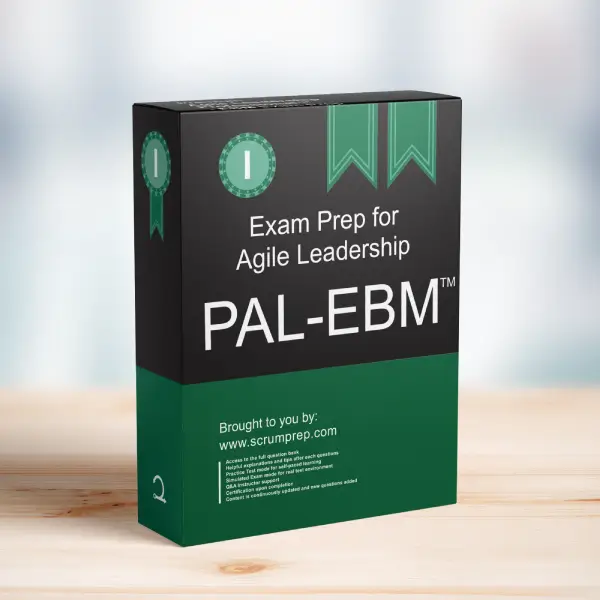Understanding the Status of Agile Teams
When managing multiple Agile teams working on different products, it’s essential to have a clear understanding of each team’s status. This article explores the most effective way for managers to achieve this.
Exam Question
An organization has many agile teams working on different products. How can managers understand the status of each team?
(choose the best answer)
A. Instruct each team to fill out a common status reporting dashboard to provide information that can be shared with stakeholders.
B. Ask the teams to work together to develop a common way to share their goals and what they achieve in each planning period against those goals.
C. Have the team create a detailed forecast for their work, then track plan versus actuals.
D. Standardize estimation practices across teams so that team estimates can be compared.
Correct Answer
B. Ask the teams to work together to develop a common way to share their goals and what they achieve in each planning period against those goals.
Explanation
Correct Answer
B. Ask the teams to work together to develop a common way to share their goals and what they achieve in each planning period against those goals:
The most effective way for managers to understand the status of multiple Agile teams is to have the teams collaborate on developing a common framework for sharing their goals and achievements. This approach fosters transparency and alignment across teams while respecting the unique contexts of each team. By focusing on goals and outcomes rather than specific metrics or standardized reports, managers can gain meaningful insights into team progress and challenges.
Why the Other Options Are Less Relevant
A. Instruct each team to fill out a common status reporting dashboard to provide information that can be shared with stakeholders:
While a common dashboard can provide some visibility, it may not capture the nuances of each team’s work and could lead to a focus on metrics rather than outcomes.
C. Have the team create a detailed forecast for their work, then track plan versus actuals:
Tracking plan versus actuals is a traditional project management approach that may not align well with Agile principles. It can lead to micromanagement and detract from the Agile focus on flexibility and adaptability.
D. Standardize estimation practices across teams so that team estimates can be compared:
Standardizing estimation practices across teams can be challenging and may not provide meaningful comparisons due to the different contexts and complexities each team faces. It could also lead to a focus on estimates rather than delivering value.
Benefits of Developing a Common Way to Share Goals and Achievements
- Transparency: Ensures that all stakeholders have a clear understanding of each team’s objectives and progress.
- Alignment: Promotes alignment between teams and organizational goals.
- Flexibility: Allows teams to adapt their reporting to their specific contexts while maintaining a consistent framework.
- Focus on Outcomes: Emphasizes the importance of achieving goals and delivering value rather than meeting specific metrics.
EBM Framework Insights
- Current Value (CV): Sharing goals and achievements helps track the current value being delivered by each team.
- Unrealized Value (UV): Identifying gaps between goals and achievements can reveal opportunities for future value.
- Ability to Innovate (A2I): Collaborative goal setting and reporting foster a culture of innovation and continuous improvement.
- Time to Market (T2M): Understanding team progress against goals helps identify bottlenecks and improve time to market.
Relevance to the PAL-EBM Exam
Understanding how to effectively monitor the status of multiple Agile teams is crucial for the PAL-EBM exam. This knowledge demonstrates the ability to apply evidence-based management principles to track team performance and drive continuous improvement.
Key Takeaways
- Developing a common way to share goals and achievements is the most effective approach for understanding the status of multiple Agile teams.
- This approach promotes transparency, alignment, and a focus on outcomes.
- Collaborative goal setting and reporting foster a culture of innovation and continuous improvement.
Conclusion
To effectively understand the status of multiple Agile teams, it’s essential to develop a common framework for sharing goals and achievements. This approach ensures transparency, alignment, and a focus on delivering value. For more information on preparing for the PAL-EBM exam, visit our Professional Agile Leadership PAL-EBM™ Exam Prep.





